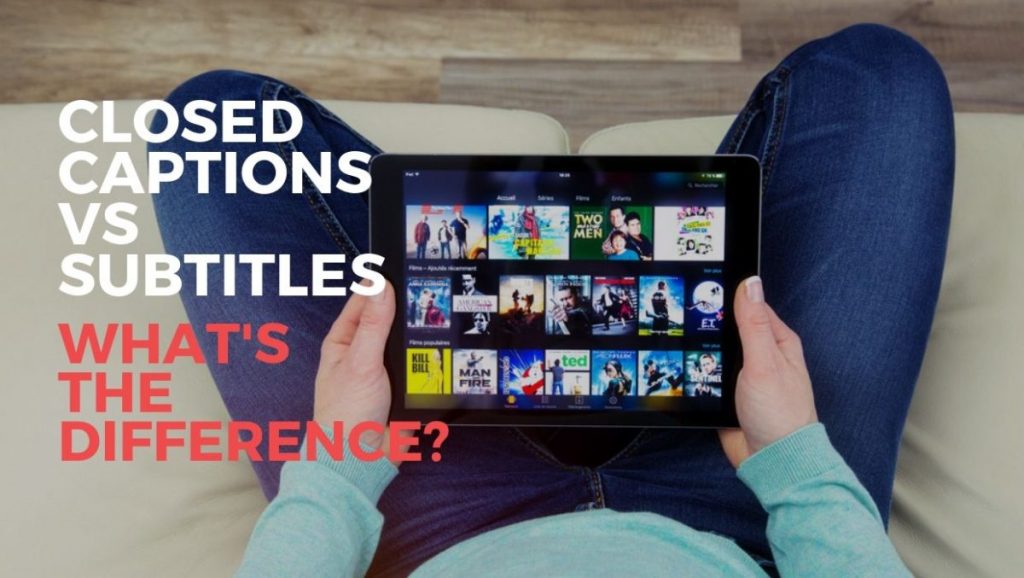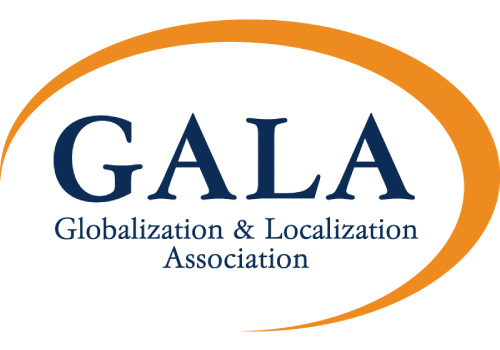Familiar terms, not so familiar definitions? Closed captions (CC) and subtitles share similarities making it a little difficult for someone with no prior experience to detect the differences. However, they have rather distinct traits as they serve different purposes. So, what is the difference between closed captions and subtitles? While both appear as on-screen text, their aim is to make content accessible to different audiences for different reasons.
Subtitles enable viewers to enjoy foreign audio-visual content by providing an on-screen text translation in the language of the viewing audience. Closed captions do the same with one significant difference. They are designed to make content accessible to the deaf and hard of hearing, perhaps most clearly demonstrated by same language captions where the only intent is making the content accessible to the hearing impaired.
Closed captions and Subtitles for the Deaf and Hard of Hearing (SDH) include a transcript of the on-screen dialogue, including any other sound-related information, e.g. door closing, music, whispering which enhance the viewer’s understanding and experience of the content. Along the same line, when more than one person is featured in the video, the speaker is clearly indicated to help the hearing impaired follow the dialogue either by stating the character’s name, if known to the viewer, or by providing some other piece of information that helps identify the speaker.
Subtitles, on the other hand, are an on-screen text translation of the video’s audio into the target language of the viewing audience enabling content to cross borders and be enjoyed worldwide. More recently, Same Language Subtitles (SLS) evolved. They are a text transcript of the video’s audio which makes them ideal for video watching in noisy environments. Their main difference from closed captions is that they don’t include other sound-related information, as they assume that the viewer can hear.
Nowadays closed captions and subtitles have become commonplace. Both can be switched on or off by the viewer. However, it’s worth noting that some captions cannot be switched on or off at will. These are known as Open Captions because they are always visible.
Captions can also be live, either typed or provided by speech to text technology. This way, people who are deaf or hearing impaired can watch and fully enjoy live broadcasts such as major sports events, shows etc.
Finally, both closed captions and subtitles are synchronized with the audio to provide a better experience for the viewer, making it easier to follow the pace of the discourse and are usually placed in the bottom centre of the screen.
Why use captions and subtitles?
Both captions and subtitles extend your content’s reach – the deaf and hard of hearing on the one hand and viewers on the other. At the same time, using them has other benefits you should not ignore. They also make your content accessible to an increasing number of people who consume videos with the sound turned off for various reasons. Just think of all those videos in your social media newsfeed that start playing automatically as you scroll down with sound off usually being the default setting. Whatever the case, captions and subtitles add value to the viewer’s experience giving them option to consume their content with the sound on or off.
Furthermore, subtitles can contribute to learning a foreign language by enriching your vocabulary in an entertaining way. Video watching with Same Language Subtitling can also have significant learning benefits. The SLS project in India has shown that SLS can contribute to the improvement of reading skills and help boost literacy.
To sum up, subtitles help you cross borders by making your content accessible to an audience that doesn’t speak the language of the video while closed captions are about accessibility, giving the deaf and hard of hearing the opportunity to access and fully enjoy your content. Combining the two will make your content truly universal and inclusive, reaching the widest audience possible.







